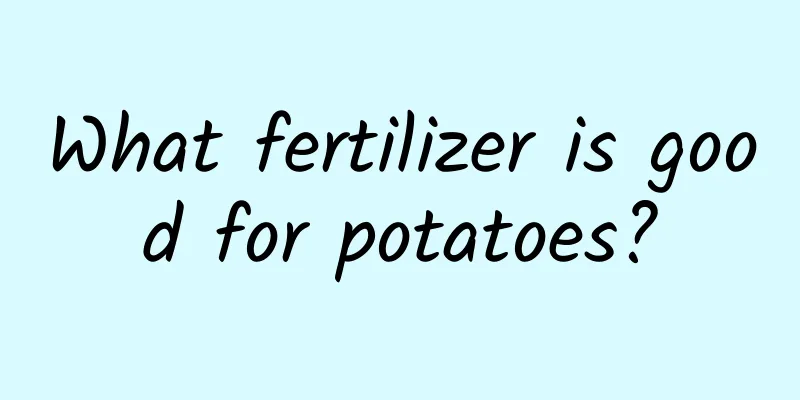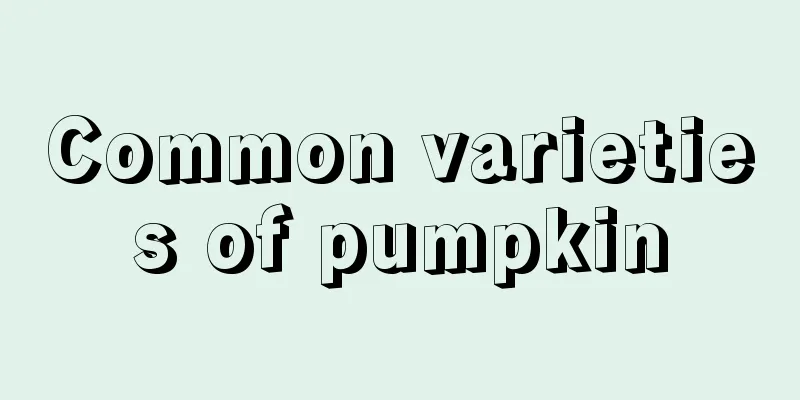What fertilizer is good for potatoes?

Overview of potato fertilizationPotatoes are annual herbaceous plants of the Solanaceae family, with stems divided into two parts: the above-ground stem and the underground stem. It is one of the five major staple foods in China, with high nutritional value and strong adaptability. When fertilizing potatoes, it is necessary to prepare base fertilizer, mainly fully decomposed farmyard manure, and add appropriate amount of chemical fertilizers, especially phosphorus and potassium fertilizers as base fertilizers, which are conducive to growth and potato formation. What fertilizer is good for potatoes?1. When fertilizing potatoes, use a combination of base fertilizer, seed fertilizer and topdressing to meet its nitrogen requirements at different stages. Potassium fertilizer can be used as base fertilizer or seed fertilizer, and phosphorus fertilizer is mostly used as base fertilizer or seed fertilizer. 2. Potatoes are fertilizer-tolerant and fertilizer-loving crops, and are highly sensitive to elements such as potassium and sulfur. Therefore, in order to ensure high potato yields, sufficient amount of decomposed organic fertilizer is essential when applying base fertilizer. How to fertilize potatoesPotatoes are fertilizer-loving crops and need to be top-dressed in time during the growing season. The first topdressing should be done after emergence. Apply 10-15 kg of quick-acting nitrogen fertilizer such as urea or 40-50 kg of ammonium bicarbonate per mu. Topdressing should be combined with watering to promote the growth of the aboveground stems and leaves as quickly as possible. In the early stage of potato flowering, apply 10-15 kg of urea per mu. If the base fertilizer is sufficient and the growth is vigorous, no topdressing or less topdressing is required to avoid causing the plant to grow too tall and affecting the expansion of the tubers. Otherwise, more topdressing can be applied. 1. Base fertilizer : Potatoes have a short growing period, so base fertilizer is mainly organic fertilizer. Apply 1.5-2.5 tons of organic fertilizer per mu, along with 10-25 kg of phosphorus fertilizer and 15-20 kg of potassium fertilizer, and apply it in the soil layer through ditches or holes. 2. Top dressing : Potatoes should be fertilized once or twice before they are fully grown to promote their growth. Generally, about 1 ton of manure and water is applied per mu, and 5 to 10 kg of nitrogen is applied. During the bud and flowering period, top dressing should be applied again. At this time, the fertilizer should be mainly potassium and nitrogen, and the soil should be cultivated after application. Key points for fertilizing potatoes1. When fertilizing potatoes, you must control a certain proportion. Do not apply only one type of fertilizer, as this will lead to malnutrition and affect growth, and will also cause fertilizer damage. 2. Although potatoes require certain nutrients, excessive fertilization or use of concentrated fertilizers will cause root burns. In this case, you need to sprinkle more water to dilute the fertilizer. 3. Potatoes have different requirements for light throughout their life, but they need proper light after fertilization to help the roots absorb nutrients and improve their yield and quality. |
<<: How long is the growing season for onions?
>>: Can quartz sand be used to grow succulents?
Recommend
Is the big flowered delphinium a sun-loving or shade-loving plant?
Does Larkspur prefer shade or sun? Delphinium gra...
What is lilac?
1.Tree trunk The crown of the lilac can be up to ...
How to keep succulents fat and plump?
Learning how to control and grow succulents is a ...
Method for rooting fuchsia in hydroponics
1. Choose the cuttings First, select some sturdy ...
Cultivation methods and precautions of Dragon Wing Begonia
temperature The dragon-wing begonia is suitable f...
Why doesn't gardenia bloom?
Loved for its fresh fragrance and white flowers w...
How to care for green radish in summer
1. Replenish water Watering in summer must be app...
How to deal with frostbitten leaves of succulents (can succulents with frostbitten leaves turn soft and black be saved)
For cold-intolerant plants, an ambient temperatur...
Cultivation methods and precautions of Clivia in winter
Winter is the critical growth period for Clivia. ...
How to grow doubanlan
1. Maintenance methods 1. Temperature: Fifteen to...
Cultivation method of osmanthus tree
Osmanthus fragrans, an evergreen shrub , is famou...
The growth environment and growth place of golden cicada flower (picture)
The growth environment and conditions of Cordycep...
What causes spider plant leaves to curl?
1. Lack of water Reason: It may be due to lack of...
What flowers are best to grow indoors to bring wealth?
1. Fortune Tree When you see this name, you know ...
How often should you water your green ivy and spray water on its leaves?
1. How often should you water? When growing plant...









